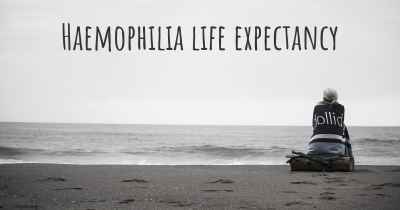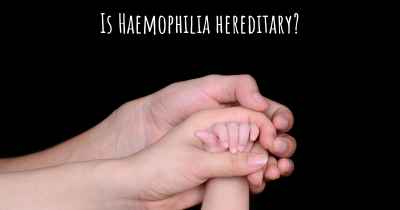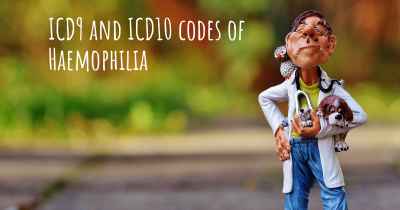What is the history of Haemophilia?
When was Haemophilia discovered? What is the story of this discovery? Was it coincidence or not?

Haemophilia is a rare genetic disorder that affects the body's ability to control blood clotting. It is primarily an inherited condition, passed down from parents to their children through a faulty gene on the X chromosome. The history of haemophilia dates back centuries, with the first recorded cases appearing in ancient times.
Ancient Times: The earliest known evidence of haemophilia can be traced back to ancient Egypt and Greece. In Egyptian hieroglyphics, there are descriptions of individuals who suffered from prolonged bleeding after injuries. Similarly, Greek writings mention a condition called "bleeder's disease," which is believed to be haemophilia.
Renaissance and Enlightenment: During the Renaissance period, haemophilia gained more attention. In the 16th century, a French physician named Jean-Baptiste Denis documented cases of excessive bleeding in several generations of a single family. However, it wasn't until the 19th century that haemophilia started to be better understood.
Identification of Haemophilia: In 1803, a Philadelphia physician named John Conrad Otto published a paper describing a bleeding disorder that affected several generations of a family. He named the condition "haemophilia" from the Greek words "haima" (blood) and "philia" (love). This marked the first official recognition and naming of the disorder.
Queen Victoria and the Royal Disease: One of the most significant events in the history of haemophilia occurred in the 19th century. Queen Victoria of England, who was a carrier of the haemophilia gene, passed it on to several of her children. This led to the condition being referred to as the "Royal Disease." The transmission of haemophilia through royal families helped scientists understand its inheritance pattern.
Modern Advances: In the 20th century, significant advancements were made in the understanding and treatment of haemophilia. In the 1930s, researchers discovered that haemophilia could be classified into two types: haemophilia A (caused by a deficiency of clotting factor VIII) and haemophilia B (caused by a deficiency of clotting factor IX).
Clotting Factor Replacement Therapy: The development of clotting factor replacement therapy revolutionized the treatment of haemophilia. In the 1960s, cryoprecipitate, a blood product rich in clotting factors, was introduced. This was followed by the production of factor concentrates in the 1970s, which greatly improved the management of haemophilia.
Gene Therapy: In recent years, gene therapy has emerged as a potential cure for haemophilia. Scientists are exploring ways to introduce healthy genes into the body to produce the missing clotting factors. While still in the experimental stage, gene therapy holds promise for the future treatment of haemophilia.
Overall, the history of haemophilia is a testament to the progress made in understanding and managing this complex genetic disorder. From ancient times to modern medicine, advancements in research and treatment have improved the lives of individuals living with haemophilia.








